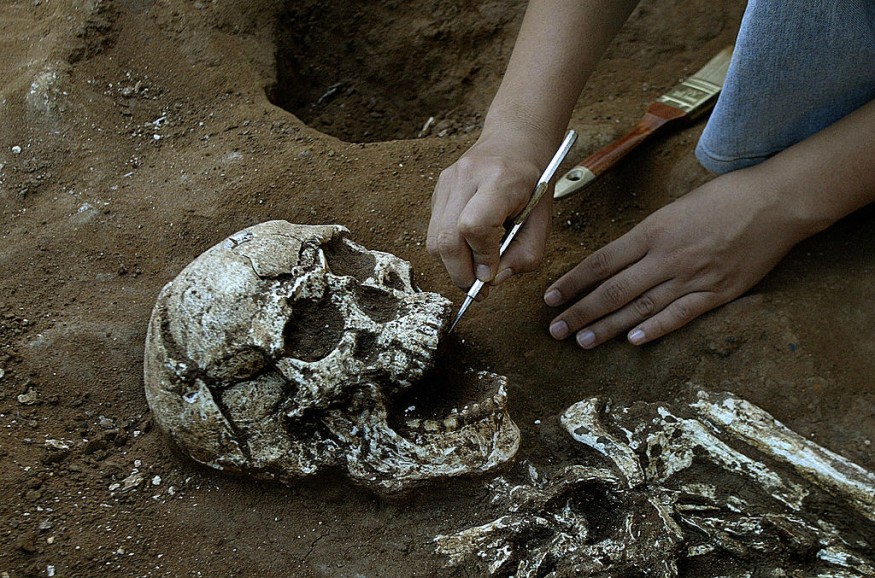A "19th century Connecticut vampire" lived in the United States after being first discovered buried in the state several decades ago.
Now, forensic scientists used DNA evidence to track down the person behind the centuries-old figure, thanks to the help of forensic advancement.
The scientists used DNA extracted from the vampire's mutilated skull, which also allowed them to create a 3D facial reconstruction of it.
The Connecticut Vampire

In 1990, archaeologists initially unearthed the apparent vampire's remains in Griswold, Connecticut.
Since then, the true identity of the vampire was only limited to the fact that he was a deceased male known as JB55, who had tuberculosis at that time.
Currently, forensic scientists conducted DNA analyses to show the remains belonged to a Connecticut resident named John Barber.
Barber died at 55 years old when tuberculosis infected him in the 1800s, a time when there was still no cure for tuberculosis; the physical appearance of the disease's victims, nature of the disease, and choice of victims fueled the community's belief in the undead, according to Newsweek.
The event will be known in history as the "New England Vampire panic."
Also Read : Experts Study the Diet of Indiana Bats and Northern Long-Eared Bats To Keep Them From Extinction
ISHI Conference
The facial reconstruction of the 19th century Connecticut vampire will be revealed by the scientists at the ongoing 33rd International Symposium on Human Identification (ISHI) conference in Washington, D.C.
The conference kicked off on Monday, October 31, and will last until Thursday, November 3.
The event is considered to be the largest annual meeting on DNA forensics.
In particular, the ISHI conference highlights the latest advances in forensic DNA technology presented by experts in the field.
For the past 30 years, the gathering has been a witness to new technologies, policy changes, and trends in the field of forensic science, according to its website.
With this, the new findings about the Connecticut vampire, is scheduled to be presented at the ISHI meeting.
However, the focus is expected not to center around the attribution that Barber was an apparent blood-sucking entity but on the technology used to determine his DNA evidence.
Are Vampires Real?
Vampires are depicted in folklore, movies, and literature as mythical creatures that feed from the blood of humans and even animals.
Considered as undead beings, the famous pop culture figure "Dracula" and other entities related to him have been a subject matter of myths and legends worldwide, where each country or region have their version of the notorious night stalker.
However, real-world evidence of an individual's tendency to thirst for blood is grounded on scientific fact.
For instance, "vampire bats" possess such dietary trait called hematophagy.
The science behind these nocturnal animals' urge to seek for blood was manifestation of years of evolution linking to a lost gene, according to recent research published in the journal Science Advances in March 2022.
In spite of the existence of hematophagy, there is still no concrete evidence that would suggest the existence of the human bloodsuckers in human history.
When there is one, the human subject being portrayed either engage in the practice of cannibalism, crime-related behaviors, and other human activities, including in the field of medicine.
© 2025 NatureWorldNews.com All rights reserved. Do not reproduce without permission.





